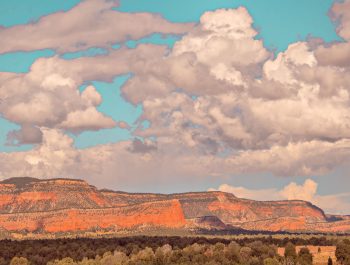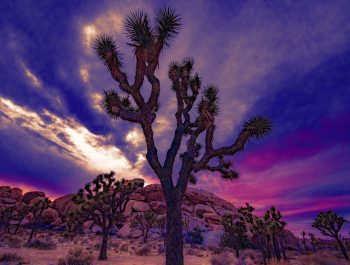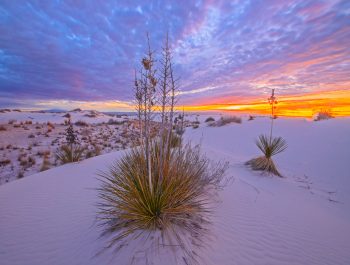The Language of Art Part 6 – Branching Out
Modernism and Abstraction: New Branches In The Language Of Art.
Dialects
If we metaphorically compare major languages to tree trunks and secondary languages to tree branches, languages ‘branch out.’ This means that languages depart from the trunk and form branches.
A form of branching out is dialects. Dialects are subsets of a main language. This is the case whether a language is verbal, visual, auditory or other.
If we relate this to the art language, artists working in different art movements use different dialects of the art language. Several artists may be working in the same movement, each in their personal style, each branching out of the main movement. Or, several artists may be working in different movements, each creating new branches of the art language.
Either way, each of these artists is using a dialect of the art language. This dialect is a subset of the language. It is spoken by specific artists, not by all artists. Because many artists branch out from the main language of art, many different art dialects are being used.
The relationship between the main art language and the art dialects is comparable to the relationship between major verbal languages and verbal dialects used within these languages. In verbal Languages, the main language is used nationally. It has a generalized purpose. Dialects, on the other hand, are used regionally. They have a localized purpose. Instead of serving the general public, they serve the needs of regional groups that want to foster their cultural uniqueness.
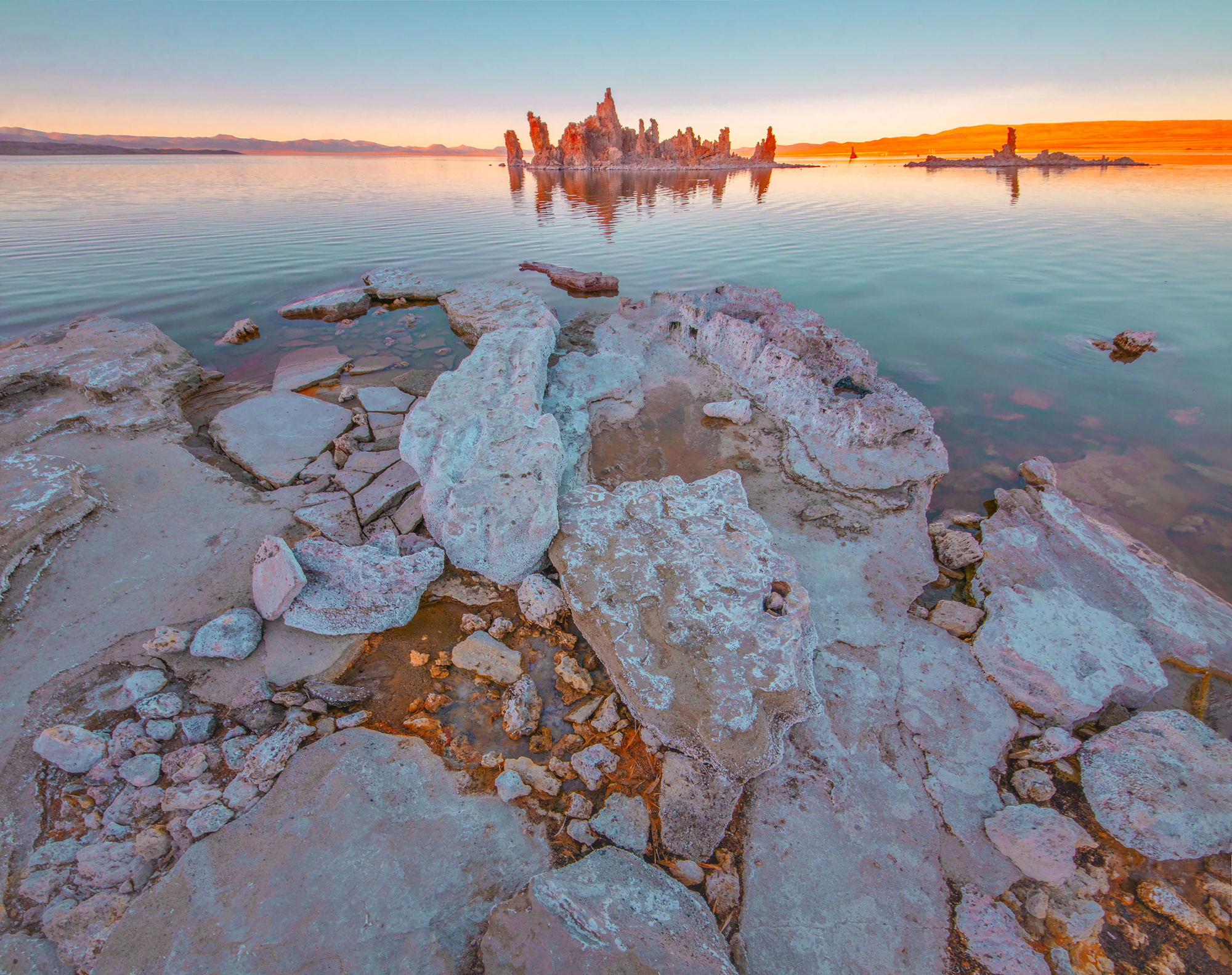
Abstraction
A language can be used to say many different things. A language is not a message. Language is a tool. Similarly, a dictionary is not a message. It is a toolbox, a collection of words, or art elements, that can be arranged in a multitude of ways to say a multitude of things.
In regards to the art language, an example of artistic dialect is Abstraction. Abstract and Realist artists receive the same artistic training. Abstract and Realist artists speak the same language: the art language. However, Abstract and Realist artists each say different things with this language.
Abstract artists depart from the traditional use of the art language, which is creating realistic representations, and create images that do not refer to an identifiable subject. They branch out and create an abstract dialect, a new branch of the art language. In doing so they add new words and a new grammar to the art dictionary.
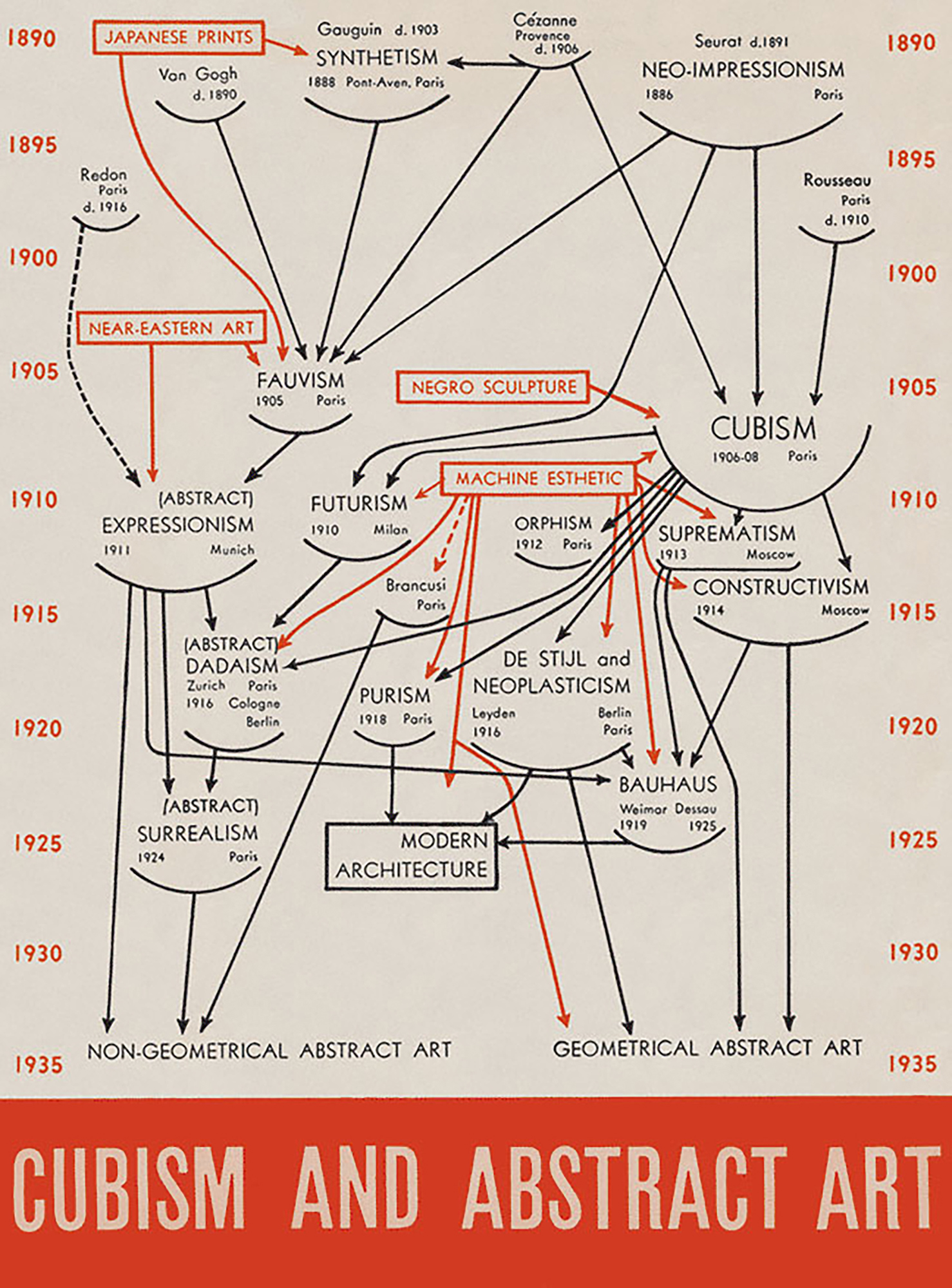
While not a tree with branches per se, this diagram shows the complex branching out of Modern Art movements.
What Is Abstraction?
Abstraction refers to something known to the artist but unknown to the audience. As such abstraction is a secret that the artist presents and that the audience has to decipher. However, abstraction does not exist in a vacuum. Being a dialect, a subset of the art language, Abstraction refers both to the art language and to a specific movement. Its referent is therefore both the artist, because by definition the artist is always part of the work and the art movement to which this artist is associated. For example, Picasso’s work refers both to himself and to Modernism since Picasso was a Modernist artist.
Modern Art: A New Branch Of The Art Language
Abstract Art is a branch of Modern Art. Modern Art started a new branch in the art language. With this new branch of the language, Modernist artists were able to say things they could not say before. In the post-WW1 and WW2 periods, artists had new things to say. They wanted to say them but the art language did not have the vocabulary, nor the grammar, to say it. They did not need a new language. They needed a new branch of the art language. A new dialect. The language of art was the right language because it had the elements needed to say what they wanted to say. What was needed was a novel way to use the art language in order to say things that had not been said before, things that did not need to be said before because the pre-WW1 and WW2 social situations did not generate the need to express them. This new language was the dialect of Modern Art and of Abstract Art.
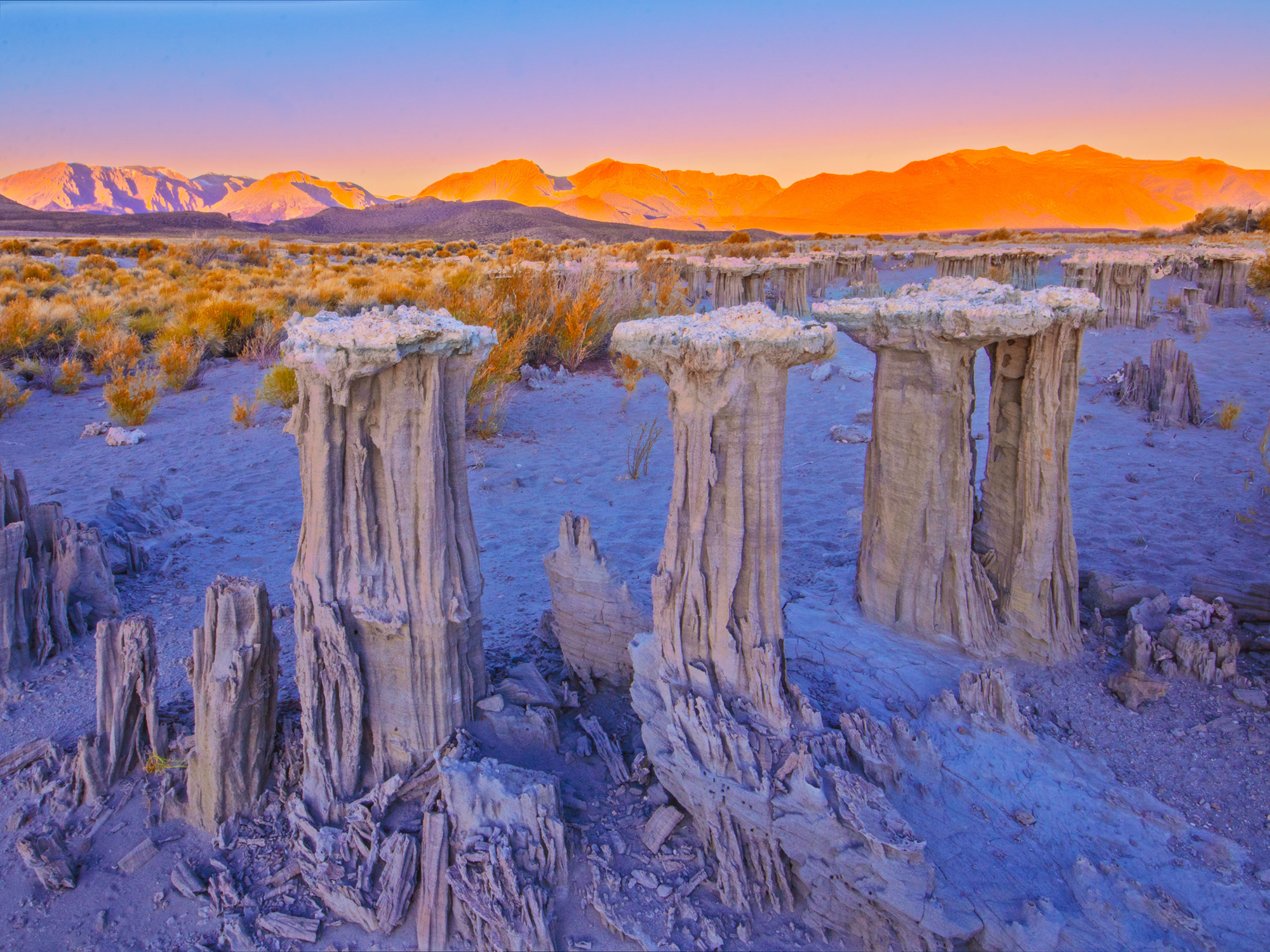
Modern Art started after WWI. One of the tenets of Modern Art is that it is an evolving language. This means that Modernist artists do not say the same thing all their life. They start by saying one thing and they move on to say other, sometimes very different things. In a sense, this moving on is the reason behind the creation of new movements. This is why some Modernist artists move from one movement to another, either creating a new movement or joining a pre-existing movement created by other artists.
Cézanne, is an example of such movement adoption. Cezanne went from Impressionism to Post-Impressionism, to Fauvism, and finally to Cubism. He is credited for being one of the founding artists of Fauvism and for being the creator of Cubism because of his painting titled Les Maisons Carées. However, he adopted Impressionism and Post-Impressionism, which were fostered by Monet and Van Gogh, not by Cézanne. Van Gogh himself moved from Impressionism to Post-Impressionism. The work for which he is best known was created at the end of his life and was at the forefront of the Post-Impressionist movement.
Modern Art is not a language frozen in time. It is not static. It is evolving, changing, searching for new representations, for a new vocabulary, for ways of saying things anew, differently, better, more convincingly. At the same time, Modern Art asks the audience to learn and re-learn the language of Modernist artists. It also asks the audience to be willing to add new words to their art dictionary in order to continue understating the ever-evolving message of Modernist artists.
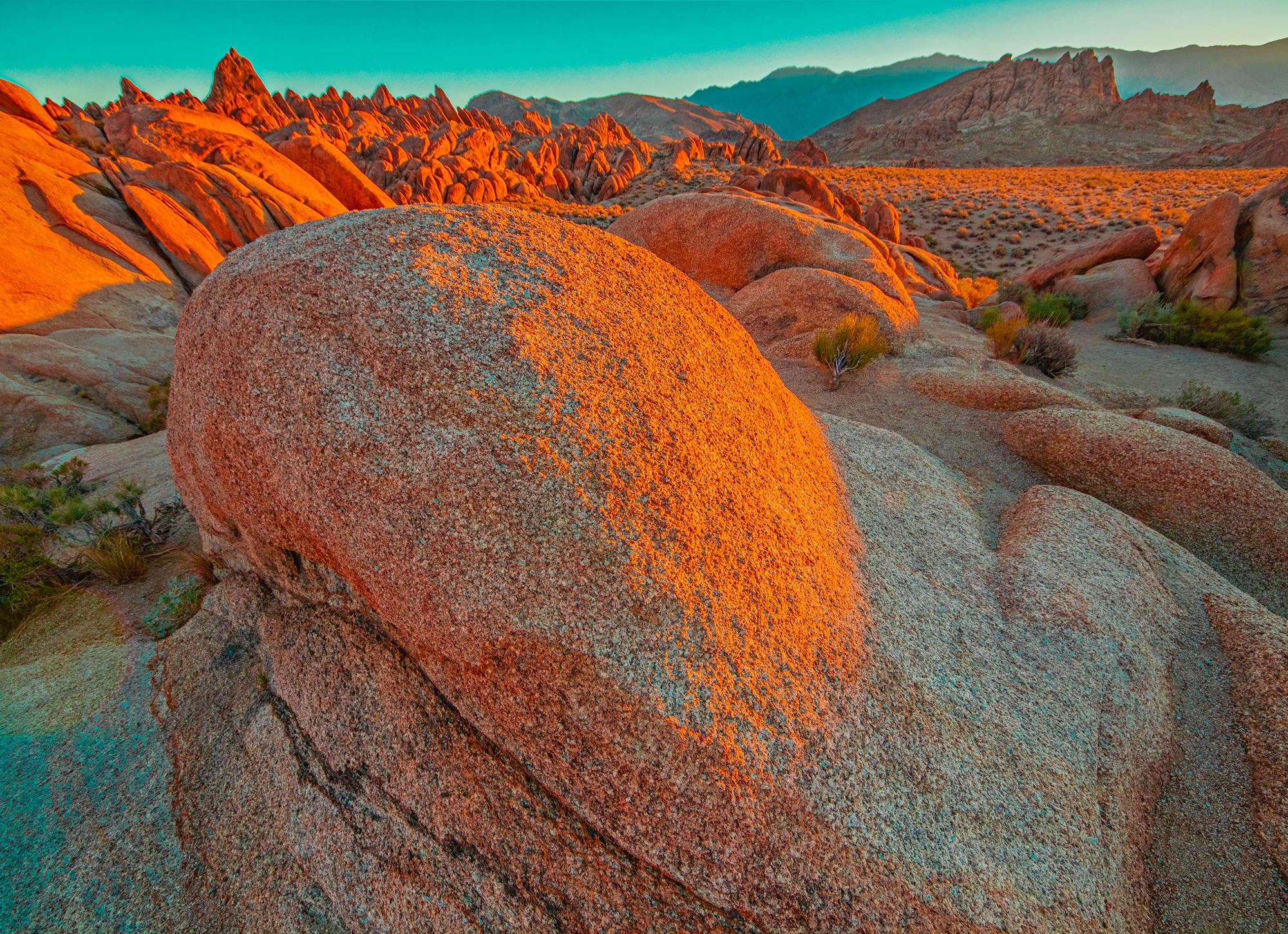
This is in contrast to myths, which I discussed in my previous essay, and in which I gave examples of Navajo, African, and Inca myths. Myths, unlike Modern Art, do not change. They remain the same from one historical period to another. This is because myths are based on tradition. The language of myth may be adapted to changes in society, but the meaning of the myth remains the same. For example, pick-up trucks have replaced horses in Navajo Culture. Plastic and artificial fabrics have replaced natural fiber cloth and bark in traditional African costumes. However, the costumes and the choreography of mythical ceremonies have remained the same.
This is because of purpose. While modern art seeks new answers to an evolving world and a changing culture, to the effects that war, technology, racial conflicts, and other cultural changes bring to the
In the Western world, mythological-oriented cultures seek stability, the persistence of age-old phenomena and beliefs, and the rooting in a natural world whose order is set in stone. The purpose of myth is to maintain a specific world order, a specific set of beliefs, a traditional understanding and explanation of natural events, and an ordering of human existence through rituals. Myth and Modern Art are, therefore in opposition to one another. While myth seeks permanence, tradition, and maintaining age-old answers, modern art seeks change and an ever-evolving understanding of the world.
Just like African cultures are different from Western culture, Modern Art is a culture that is different from mainstream Western culture. The referent is both different and specific to each culture.
Conclusion
Modern Art and Abstract art branch out from Realism and other previous art movements. Abstract artists do not use reality as their referent. This is not to say they do not have a referent. They simply have a different one. Their referent is the abstraction of reality. As such, it is challenging to relate to because this referent is different for each artist.
There is always a referent. Even if we do not believe we have a referent, we cannot escape having one. It may be unconscious, but it is there whether we like it or not. This is an inevitable aspect of art. The only way to not have a referent is to do documentary work instead of art. If one duplicates reality, if one documents the world in a factual manner, then the referent is reality and nothing else.
Otherwise, at the very least, the referent is cultural, i.e., we create what our culture tells us to create. If our work is a copy of another artist’s work, then the referent is the style of the artist that we emulate in our images. However, true art is not the duplication of another artist’s work. True art is the creation of personal work. This is true whether the work is realistic, abstract, or other.
About Alain Briot
I create fine art photographs, teach workshops with Natalie, and offer Mastery Tutorials on composition, image conversion, optimization, printing, business, and marketing. I am the author of Mastering Landscape Photography, Mastering Photographic Composition, Creativity and Personal Style, Marketing Fine Art Photography, and How Photographs are Sold. All four books are available in eBook format on our website at this LINK. Free samplers are available.
You can find more information about our workshops, photographs, writings, and tutorials as well as subscribe to our Free Monthly Newsletter on our website. You will receive 40 free eBooks when you subscribe.

Studying Fine Art Photography With Alain And Natalie Briot
If you enjoyed this essay, you will enjoy attending a workshop with us. I lead workshops with my wife Natalie to the most photogenic locations in the US Southwest. Our workshops focus on the artistic aspects of photography. While we do teach technique, we do so for the purpose of creating artistic photographs. Our goal is to help you create photographs that you will be proud of, and that will be unique to you. The locations we photograph include Navajoland, Antelope Canyon, Monument Valley, Zion, the Grand Canyon, and many others. Our workshop listing is available at this LINK.

Alain Briot
October 2023
Glendale, Arizona
Author of Mastering Landscape Photography,Mastering Composition, Creativity and Personal Style, Marketing Fine Art Photography, and How Photographs are Sold. http://www.beautiful-landscape.com [email protected]






